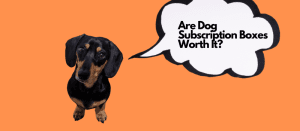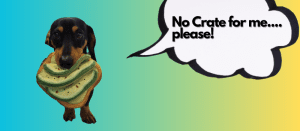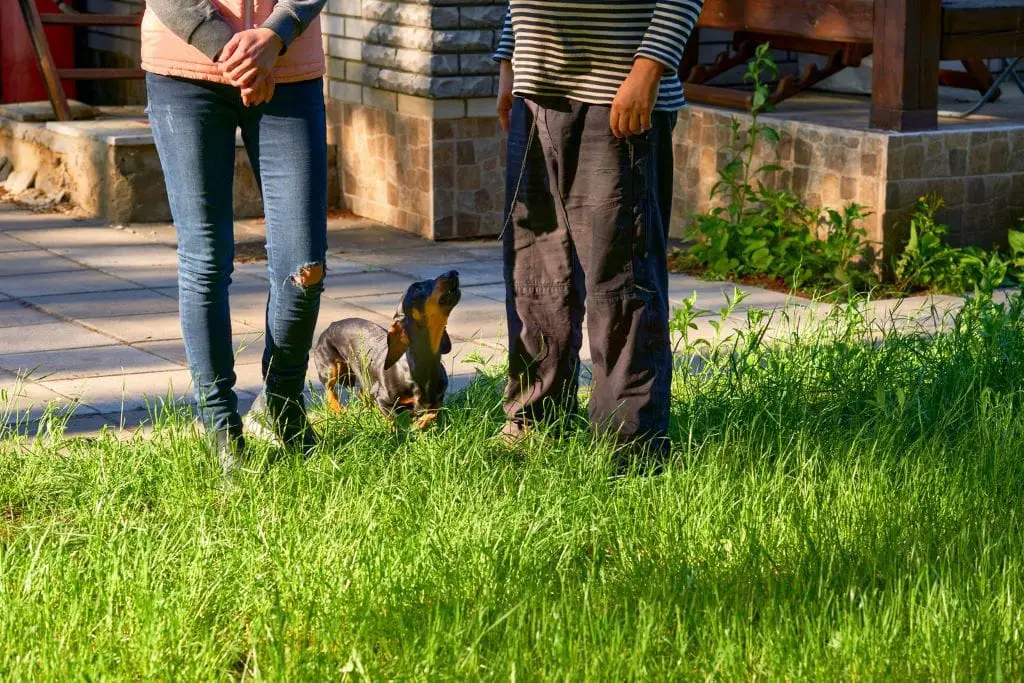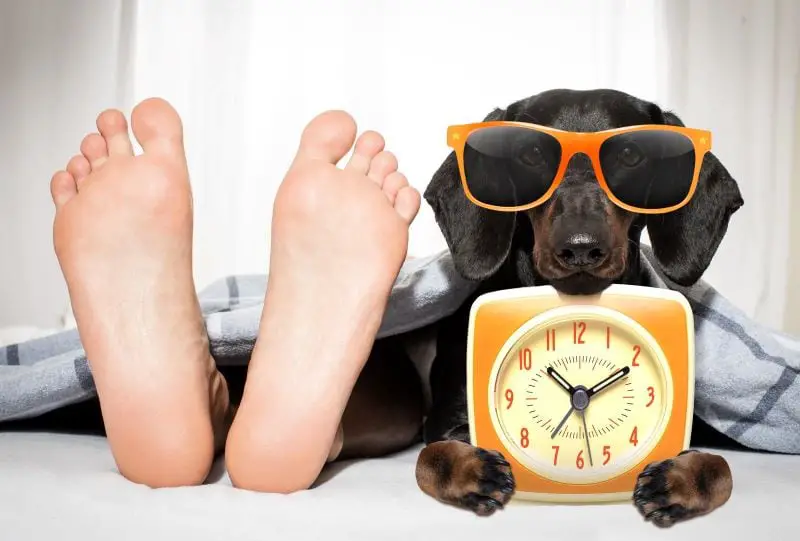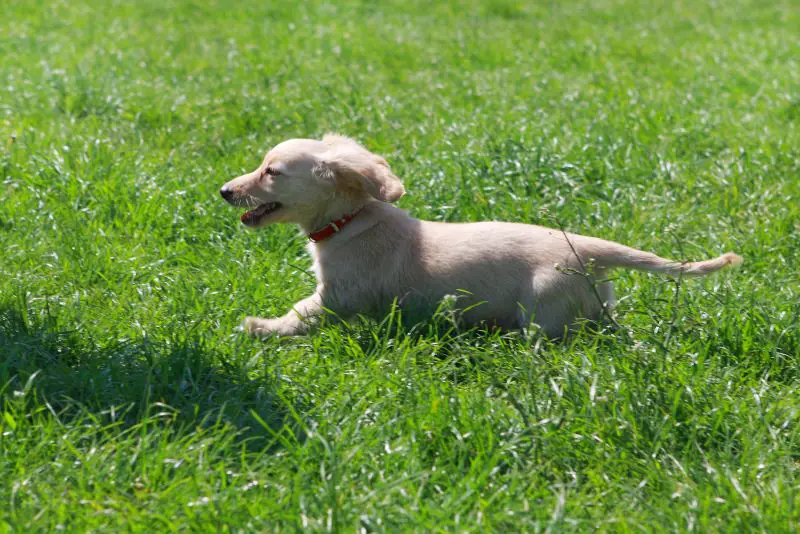Warning: Trying to access array offset on value of type bool in /home/u778996160/domains/dachshundtalk.com/public_html/wp-content/plugins/wp-word-count/public/class-wpwc-public.php on line 123
Warning: Trying to access array offset on value of type bool in /home/u778996160/domains/dachshundtalk.com/public_html/wp-content/plugins/wp-word-count/public/class-wpwc-public.php on line 123
From the high-pitched squeal of a rubber duck to the incessant chirping of a plush bird, you’ve likely noticed your dog’s intense fascination with squeaky toys. But have you ever wondered if these noise-making playthings could be instigating aggression in your furry friend?
This article aims to unravel this mystery for you. We’ll delve into why dogs are so attracted to these sounds, and explore whether there’s any truth behind the claim that squeaky toys can trigger aggressive behavior. From expert opinions on aggression triggers to scientific studies on canine behavior, we’ll give you all the information you need. You’ll also find advice on alternatives to noisy toys and training tips to curb any unwanted aggression in your pup. So sit back, and let’s begin this enlightening journey into understanding our beloved pets just a little bit more.
Key Takeaways
- Chew toys made from natural materials can help channel a dog’s energy into productive playtime and provide physical satisfaction.
- Finding the right toy for a dog’s personality and needs is important, and there are many options available that both the owner and dog can love.
- Training tips can help manage aggression when introducing a toy, including creating a safe environment, using positive reinforcement, and gradually increasing exposure.
- Encouraging healthy play habits involves guiding dogs towards healthier options while still allowing them to enjoy their favorite squeaky toys.
The Appeal of Squeaky Objects
You’ve likely noticed your furry friend’s eyes light up at the sound of a squeaky toy, haven’t you? It seems like they could spend hours playing with these noisy objects. But have you ever wondered why dogs love squeaky toys so much?
The truth is, it’s all about their natural instincts. The appeal of squeaky objects can be traced back to a dog’s prey drive. This instinctual behavior makes them want to chase and catch small animals that make high-pitched noises when frightened or hurt. A squeaking toy effectively mimics these sounds, triggering their urge to pounce and play.
Now, you might’ve also heard that squeaky toys make dogs aggressive. While this might be true in some cases where dogs get overly excited or frustrated by the noise, it doesn’t mean every pup will develop an aggressive behavior due to these toys. It largely depends on the dog’s personality and training.
So yes, while there’s a possibility that the constant use of such toys may encourage aggressive behaviors in certain situations, not all dogs react negatively to them. It’s essential to know your pet well enough to gauge their reactions properly.
Exploring Canine Predatory Instincts
Unearthing canine predatory instincts can shed light on why our four-legged friends behave the way they do. The major factor in dog behavior, particularly towards squeaky toys, is their inborn hunting instinct. When a dog hears a toy squeak, it might trigger their predatory instincts.
This reaction doesn’t necessarily translate to aggressive behavior. It’s more about simulating the hunt and not an act of hostility. Just like their wild ancestors, dogs are attracted to sounds that resemble those made by prey animals under duress; this could be one reason why your fluffy companion seems obsessed with that noisy rubber duck!
The connection between squeaky toys and aggressive behavior isn’t always clear-cut, though. Some dogs may become overly excited or frustrated if they can’t ‘kill’ the toy making such noises – this could potentially escalate into aggression.
However, remember that each dog has its unique personality and tolerance levels. What excites one dog might not affect another in the same way. So while some dogs may display signs of aggression due to frustration, others will simply enjoy the stimulation provided by these objects without displaying any negative behaviors at all.
Behavioral Changes & Squeaky Items
The high-pitched squeaky noise can trigger hyperactivity in many dogs. This is due to their wild ancestry, where similar sounds would indicate prey. Squeaky toys bad for dogs? Not necessarily – they stimulate their natural instincts.
Here are some behavioral changes you may notice when your dog plays with squeaky toys:
Increased Aggression: This is a sign that the dog is feeling threatened or protective. It could be due to a perceived threat to their territory, food, or in this case, their toy. Aggression can manifest in various ways, including growling, snapping, or biting.
Excessive Barking or Growling: This is often a form of communication from the dog. It could be expressing frustration, excitement, fear, or a warning to others to stay away. If it’s directed towards anyone trying to take away the toy, it’s likely a sign of resource guarding.
Obsessive Behaviors: If a dog is not leaving the toy alone, it might be showing signs of obsessive behavior. This could be due to overstimulation or anxiety. It’s important to intervene in such cases as it can lead to unhealthy fixation.
Over-excitement Leading to Destructive Behavior: Over-excitement can cause a dog to lose control over its actions, leading to destructive behavior like chewing on furniture or digging. This could be a sign that the dog needs more physical exercise or mental stimulation.
Anxiety if the Toy is Taken Away: This could be a sign of separation anxiety or an over-dependence on the toy for comfort or stimulation. The dog might see the toy as a safety blanket, and removing it could cause distress.
Each of these behaviors can be addressed with appropriate training and sometimes with the help of a professional dog trainer or behaviorist. It’s important to understand that these behaviors often stem from underlying issues like fear, anxiety, or a lack of proper training or socialization. Addressing these root causes is key to modifying the behavior.
Expert Opinions on Aggression Triggers
While we’ve been busy dialing up the Pony Express for expert advice, several animal behaviorists have chimed in with their take on what can trigger aggression in our canine friends. Notably, they’ve shed light on whether squeaky toys are bad and if they really do make dogs aggressive.
According to these experts, not all dogs respond to squeaky toys in the same way. For some furry pals, these toys merely satisfy their natural instinct to hunt and kill prey. They love the thrill of capturing that elusive “squeak.” However, other dogs may display signs of aggression. This is typically seen as growling or snarling while playing with such toys.
Dog trainers believe this type of behavior could potentially escalate into real-world aggression if not properly managed. The key here isn’t necessarily banning squeaky toys altogether but understanding your fur baby’s reactions and setting boundaries accordingly.
So do squeaky toys make every dog aggressive? No. But it’s crucial to monitor your pet’s behavior when playing with any toy – especially ones that mimic prey noises closely. Don’t be afraid to seek help from professional dog trainers or behaviorists if you notice alarming signs of aggression during playtime.

Understanding Dog Play vs. Aggression
You’ve probably found yourself wondering whether your beloved pup is simply having a good time or showing signs of aggression during playtime, right? It can be hard to differentiate between normal dog play and aggression, especially when squeaky toys are involved. Understanding dog play vs. aggression is crucial for ensuring your pet’s well-being.
Dog toy selection, including squeaky toys, can impact their behavior significantly. Here are four key factors to consider:
Body Language: Look at how your dog interacts with the toy. A playful demeanor usually includes wagging tails and relaxed bodies.
Sound: Pay attention to the noises they make. Growling isn’t necessarily a sign of aggression; it could be part of healthy play.
Behavior change: If their behaviour drastically changes when you try to take away their squeaky toy, it might indicate possessiveness or aggression.
Frequency: Excessive fixation on the squeaky toy may hint towards obsessive behaviors rather than mere enjoyment.
After all, understanding your furry friend’s actions during playtime goes beyond just identifying potential triggers. Observing these subtle cues can ensure safer interactions and help in decoding if that squeaky toy is inciting joyous fun or unnecessary hostility within them.
Scientific Studies on Dog Behavior
Numerous scientific studies delve into understanding your pooch’s behavior, shedding light on the nuances of canine communication and interaction. Insights from these researches can help you sort out whether your dog’s aggressive behavior is a cause for concern or just natural instinct coming into play.
When dog’s squeaky toys come into the equation, things get a bit more complex. You’ve probably noticed that some dogs seem to go crazy over them, but why is that? According to scientific studies on dog behavior, it seems this could be traced back to their ancestral hunting instincts. The high-pitched noise a squeaky toy makes mimics the sound of prey in distress, which triggers your dog’s drive to hunt and kill.
While this might sound alarming, it doesn’t necessarily mean that your pooch will become aggressive towards people or other animals. It simply means they’re acting on an impulse ingrained in them long ago by their ancestors. Dog training can help manage and direct these instincts in a safe way.
Alternatives to Noise-Making Playthings
Despite your pooch’s apparent love for noise-making playthings, it’s worth noting that a staggering 70% of pet owners are now opting for quieter alternatives to keep the peace at home. And you may wonder why? The reason is simple: not only do squeaky dog toys have the potential to contribute to aggressive behavior, but they can also be downright annoying after a while!
Consider alternative toys that provide mental stimulation and improve your dog’s cognitive functions. These interactive toys often come in the form of puzzles or treat-dispensing gadgets that require your furry friend to think and strategize before getting their reward. This way, you’re channeling their energy into productive playtime instead of potentially fostering aggression.
Alternatively, chew toys made from natural materials like rubber or rope can give them physical satisfaction without the irritating squeak. Even better, these types of toys tend to last longer and are great for dental health!
Just remember – what matters most is finding something suitable for your pup’s personality and needs. So don’t feel pressured to stick with noisemakers if they’re causing more harm than good! With so many options out there, you’ll surely find something both you and your furry pal will love!
Training Tips to Curb Aggression
After discussing alternatives to noisy playthings, it’s time to dive into some practical strategies. Remember, if your dog shows signs of aggression when playing with squeaky toys, there are training tips that can help manage this behavior. The question isn’t just whether squeaky toys are good or bad – but how we can use them responsibly.
• Create a Safe Environment: Introduce the toy in a calm and controlled space where your dog feels secure. This reduces any potential anxiety and aggression.
• Use positive reinforcement: Every time your pup plays gently with the toy, reward them with praise or treats.
• Gradually increase exposure: Start by limiting the time your dog spends with their squeaky toy and gradually increase it as they show less aggressive behavior.
• Teach ‘Drop It’ Command: This command is particularly useful if your dog becomes overly possessive about their squeaky toys.
• Consult a Professional: If you’re struggling to curb aggressive tendencies in your pet, don’t hesitate to seek professional assistance. They can offer personalized advice based on your dog’s breed and temperament.
Just remember, every pooch is different. It may take time for these training methods to work effectively. So let’s be patient as we guide our four-legged friends towards healthier play habits without completely denying them the joy of their favorite squeaky toys.
Frequently Asked Questions
What are some immediate signs to look for in my dog that might indicate aggression towards squeaky toys?
Look for signs like growling, snapping, or biting at you when you try to take the toy away. If your dog’s body stiffens and they fixate on the toy, they could be showing aggression towards it.
Can squeaky toys be used as a training tool to manage aggressive behavior in dogs?
Yes, squeaky toys can indeed be used to manage aggression in dogs. You can reward calm behavior with playtime, discourage rough handling by removing the toy, and establish boundaries through consistent training methods.
Are there specific breeds of dogs that are more prone to aggression when playing with squeaky toys?
Yes, some breeds may exhibit more aggression with squeaky toys. However, it’s not solely about breed but also individual temperament and training. Remember, a dog’s behavior is often a reflection of its environment.
How can I safely introduce my dog to squeaky toys without triggering aggression?
Imagine a quiet afternoon, just you and your dog. To introduce squeaky toys safely, start slow. Let your pup sniff the toy first, then play together gently. Always supervise and stop if any aggression appears.
Is there a relationship between the frequency of a squeaky toy’s sound and a dog’s aggressive behavior?
There isn’t definitive research showing a link between the frequency of a squeaky toy’s sound and canine aggression. However, certain high-pitched sounds may irritate some dogs, potentially leading to aggressive behavior.
Conclusion
So, do squeaky toys make your pooch aggressive? Not necessarily. They tap into your dog’s natural instincts, yes, but it’s up to you to distinguish play from aggression. Keep a keen eye on their behavior and consult experts if needed.
Remember, there are plenty of other playthings available for your furry friend and with the right training, you can keep any potential aggression in check. It’s all about understanding and guiding your dog’s behavior effectively.




